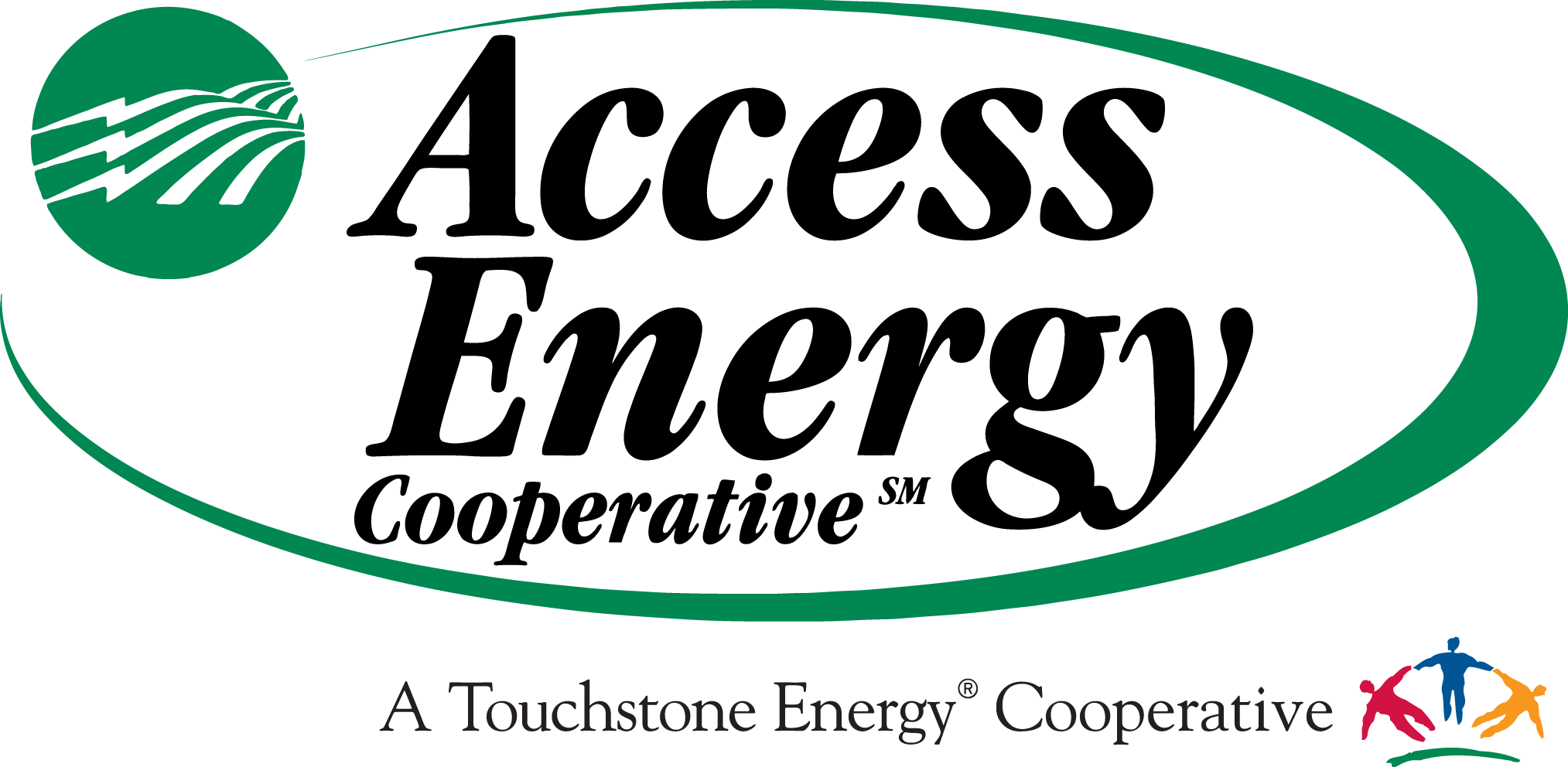Anaerobic digesters (AD) convert biodegradable organic materials into biogas and produce a residual effluent (digestate) that can be put to beneficial use. This requires combining a chemical process with a mechanical system. The mechanical system primarily moves materials through the chemical process using pumps, pipes, mixers, blowers and compressors. It's important to keep this complex system in good working order.
Digester tanks
Digestate pretreatment might involve mechanical solids separation equipment such as screw presses or vibrating screens. Digester tanks are made of concrete or steel. Regularly check for leaks, cracks or other evidence of structural problems. Monitor for the accumulation of digester bottoms. Regularly check the surface of heating coils for any slurry caking. If heating coil pressure builds up, check heat exchanger inlet strainers for fouling.
Pumps
Three types of pumps are used in AD systems — centrifugal, chopper and positive displacement. Centrifugal pumps use an impeller to fling low solids influent through the process. If a cutter is added to the centrifugal pump inlet, it becomes a chopper pump that grinds down the solids into more uniform particle sizes before pumping them. A positive displacement pump uses rotary lobes or a piston to move small slugs of material through the system. It's a good idea to have at least one redundant pump.
Pipes
Repairing pipe leaks and keeping them from plugging is critical. Use a soapy water solution to check for leaks at pipe joints, fittings, valves and equipment connections. All valves should be kept serviceable. Keep an eye out for corrosion.
The AD tank operates under pressure, and pipe blockage increases pressure. An automatic pressure relief valve (PRV) should be installed to relieve overpressure. The PRV should be connected to an igniting flare to burn any released biogas. Downstream operations may require installing a vacuum relief valve to prevent an excess vacuum from occurring.
Biogas is naturally saturated with water vapor. Piping should be fitted with one or more self-dumping condensate traps to remove any condensed water.
Mixers
Mixing is important to maintain uniformity in the physical properties of the influent and to achieve proper chemical characteristics. It primarily prevents the accumulation of settled solids. Submersible mixers are typically mounted to rails or lifts attached to the tank sidewall. External mount mixers are located horizontally outside the tank on sidewalls or vertically on digester covers. Jet mixers continuously remove liquid and return it at high pressure through a series of nozzles using a separate pump.
Regularly check rotary mixers for leaking through the mounting seal, and keep the gearbox lubricated. Monitor the level of scale or cake on the blades and note missing or loose blades.
Blowers and compressors
Biogas is primarily composed of methane and carbon dioxide. It may also contain small amounts of water vapor, hydrogen sulphide, and ammonia. For onsite use, blowers or compressors are used to increase the biogas pressure. Keep an eye on specified flow rates, inlet and outlet pressures, and temperatures. Compressor oil systems require special attention to oil levels and replacement intervals. Hydrogen sulphide is typically removed via adsorption into solid media, by a biological scrubbing system, or by a chemical scrubbing system.
Consult the U.S. Environmental Protection Agency's Anaerobic Digester/Biogas System Operator Guidebook for more detailed information including details on the post-processing of biogas into renewable natural gas.

